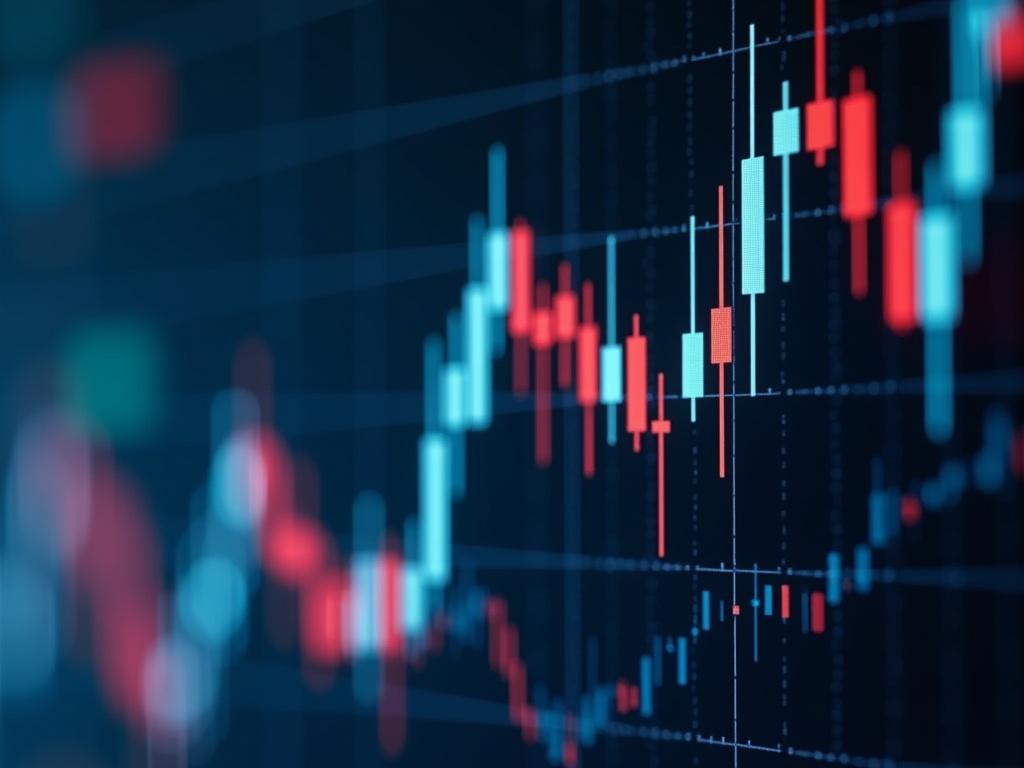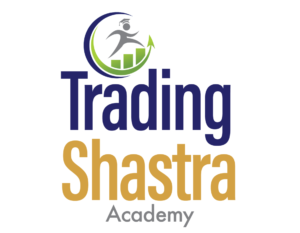- Sector -2, B Block Noida-201301
- info@tradingshastra.com

Stock trading in India has evolved significantly over the years. From manual order placements to high-speed algorithmic trading, technology has completely transformed the way markets operate. Algo trading (Algorithmic Trading) has not only increased efficiency but has also reduced human errors and improved market liquidity.
But how did algo trading start in India? What impact has it had on traders, investors, and institutions?
In this blog, we’ll explore:
The rise of Algo Trading in India
How automation changed the stock market
Benefits & risks of algo trading
The future of AI-driven automated trading
What is Algo Trading?
Algo trading refers to the use of pre-programmed algorithms to execute trades automatically based on market conditions. These trading strategies are designed to:
Identify trading opportunities in milliseconds
Execute high-frequency trades at the best possible price
Reduce emotional trading mistakes
Key Fact: Over 50% of total trading volume in India is now driven by algo trading.
Key Takeaway: Algo trading allows traders to execute trades at a speed and accuracy that human traders cannot match.
The History & Rise of Algo Trading in India
India’s journey into algorithmic trading began in the early 2000s when exchanges started adopting electronic trading systems.
Key Milestones
🔹 2008 – The SEBI (Securities and Exchange Board of India) approved algorithmic trading in India.
🔹 2010s – High-Frequency Trading (HFT) started gaining popularity, with institutions leveraging automation for speed and efficiency.
🔹 2020s – AI-powered and Data Science-driven algo trading became the latest trend, enabling traders to use machine learning models for better predictions.
Key Takeaway: In just over a decade, algo trading has revolutionized the Indian stock market, making it faster, more efficient, and data-driven.
How Algo Trading Works
Algo trading uses automated scripts that execute trades based on predefined conditions such as:
Price movements (e.g., Buy when stock hits ₹100, Sell at ₹110)
Technical indicators (e.g., RSI, Moving Averages, Bollinger Bands)
News-based trading (AI-driven sentiment analysis on financial news)
Types of Algo Trading Strategies
Market-Making Strategies – Placing continuous buy/sell orders to profit from bid-ask spreads.
Arbitrage Strategies – Identifying price differences across exchanges to make risk-free profits.
Trend-Following Strategies – Using indicators to buy rising stocks and sell falling stocks.
Scalping & High-Frequency Trading (HFT) – Executing multiple trades in seconds to capture small price movements.
Key Takeaway: Algo trading strategies use market data and mathematical models to execute trades without manual intervention.
Benefits of Algo Trading
Why are institutions and retail traders shifting to algo trading?
Speed & Efficiency – Executes trades in milliseconds, faster than any human trader.
No Emotional Trading – Eliminates psychological biases like fear and greed.
Better Risk Management – Automated stop-loss and position sizing reduce losses.
Higher Accuracy – Uses historical data and real-time market trends for precision trading.
Scalability – Can handle multiple trades across different assets simultaneously.
Key Takeaway: Algo trading provides a competitive edge by increasing efficiency and reducing risk.
Risks & Challenges of Algo Trading
While algo trading offers advantages, it also comes with certain risks:
⚠ Flash Crashes – Rapid execution of large orders can trigger extreme volatility.
⚠ Technical Failures – A small coding error can lead to significant losses.
⚠ Regulatory Concerns – SEBI constantly updates rules to monitor algo trading activity.
⚠ High Initial Investment – Requires access to advanced software & infrastructure.
Key Takeaway: Algo trading is powerful but requires proper risk management and compliance with SEBI regulations.
The Future of Algo Trading in India
Algo trading is set to become even more sophisticated with the rise of Artificial Intelligence (AI) and Data Science-driven trading.
Upcoming Trends
🔹 AI-Powered Trading Bots – Machine learning algorithms making real-time trade decisions.
🔹 Big Data Analytics – Using large datasets to identify profitable trading patterns.
🔹 Cloud-Based Algo Trading – Running trading strategies on remote servers for better efficiency.
🔹 Blockchain & Decentralized Trading – Increasing security and transparency in trade execution.
Key Takeaway: The combination of AI, Big Data, and Blockchain will shape the next phase of algo trading in India.
Final Thoughts: Should You Use Algo Trading?
With over 50% of trades now automated, algo trading is no longer limited to big financial institutions. Even retail traders can now leverage automation to enhance their trading strategies.
Key Learnings from This Blog:
Algo trading started in India in 2008 after SEBI approval.
It has transformed trading speed, accuracy, and risk management.
AI & Data Science-driven trading is the next big revolution.
While powerful, algo trading requires proper strategy & risk management.
Want to learn algo trading from experts? Join Trading Shastra Academy and get hands-on training in AI-powered stock trading strategies!
Enroll today & start trading smarter with automation!
